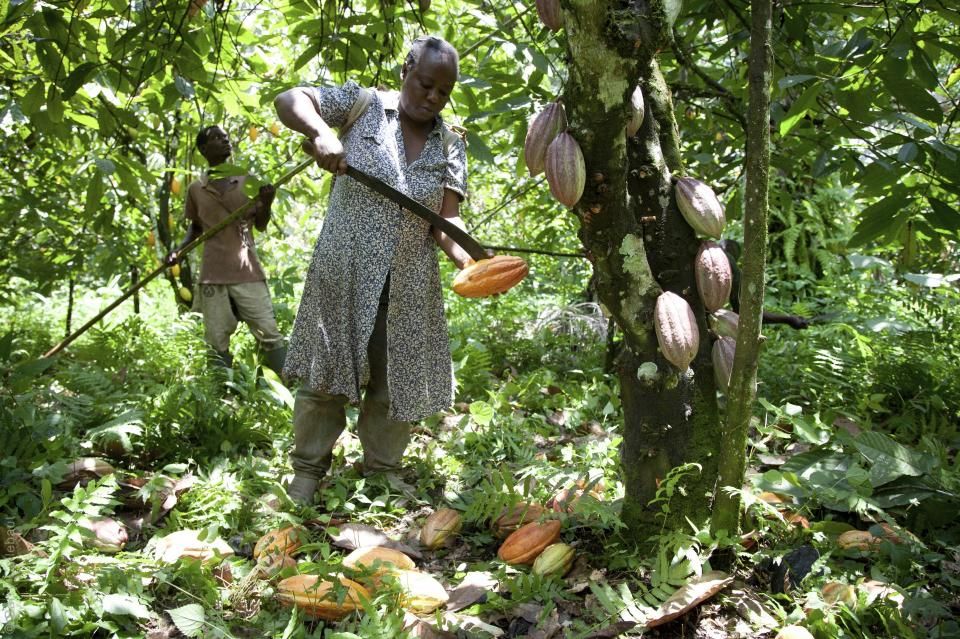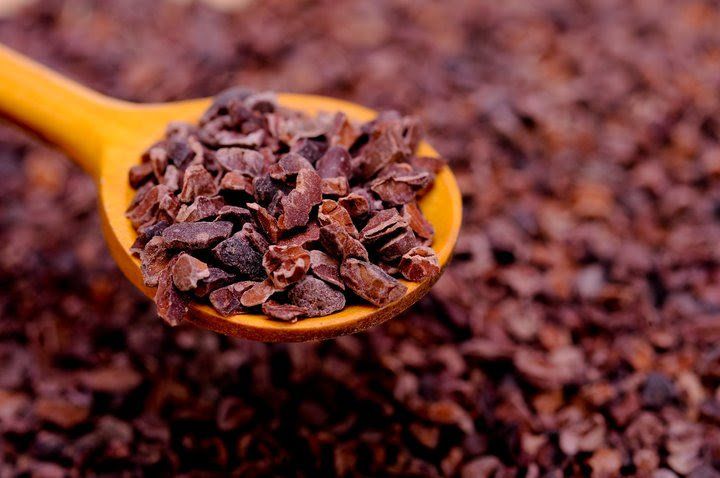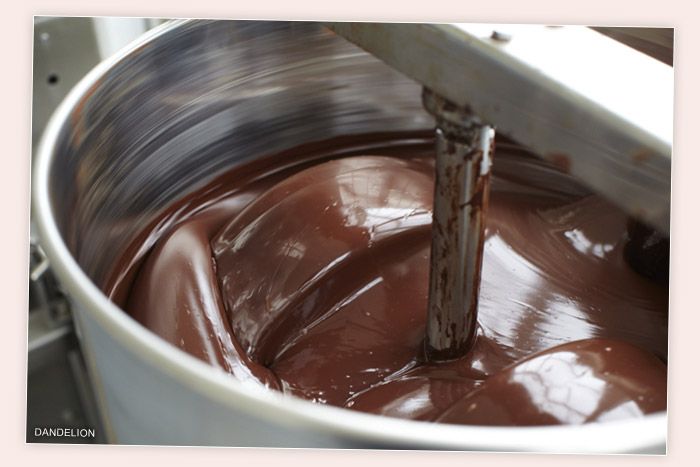Chocolate : From Cocoa Tree With Love
Apr 18, 2019 • 51 views
Chocolate is the greatest gift the Earth has given us.
Chocolate is so beloved, so appreciated, that the Swedish scientist who named the cocoa plant called itTheobromacacao, which means'food of the gods.' It was brought to us by the Spanish explorers who learned about it from their encounters in the 'New World.'
Cocoa is grown in a narrow belt around the equator in the Americas,Africa, and Asia. The cocoa tree flowers all year round, in two cycles of six months. Chocolate making methods vary from maker to maker, but they share the same journey starting from the cocoa tree.
Harvesting -

Cocoa pods grow in a variety of colors like red, green or purple, but they all ripen into the yellowish color. Ripe cocoa pods are harvested twice a year. It is done with care so as not to damage the junction of the stem to the tree. Each tree can yield about 20-30 pods per year, and it takes one tree’s entire annual harvestto make roughly a pound of chocolate.
Once harvested, the cocoa pod is cracked open and the rind is discarded; the pulp and seed pods are what farmers are after. There are about 30-50 seeds per pod, and these are responsible for making the chocolate

Fermenting & Drying -
fermentation helps bring out the desired flavors of the cocoa, and it adds abody and richness that unfermented beans lack. It also tames the cocoa seed’s bitterness by reducing the number of tannins found in the beans. Fermentation often happens in sweatboxes and takes about two to eight days.
Drying takes place under the sun bringing them from60 percent moisture to under 10 percent to ensure the beans don’t rot. Drying takes on average five to six days. After which, the cocoa beans that were once wet, sticky and purple-whitish in tone become a beautiful red-brown color. They are then packed and ready to ship to chocolate manufacturers all over the world.
Roasting -
Just like coffee beans, cocoa has to be roasted before being used.Roasting further brings out theflavor of chocolate from the bean. The time and temperature of roasting depend on the flavors the chocolate manufacturer wants to extract.
Cracking & Winnowing -

The roasted cocoa beans have a thin, papery shell around them which needs to be removed. The beans are cracked open and the shell is removed in a process called winnowing. The lighter shells are blown away with fans, leaving behind pieces of the pure cocoa bean, known as 'nibs'.
Grinding & Conching -

The cocoa nibs are grounded with stone rollers until they become a paste known as cocoa mass or cocoa liquor. This pure, unrefined form of chocolate contains both cocoa solids (the chocolatey part) and cocoa butter (the natural fat present in the bean). Grinding and Conching is done in a large metal cylinder with two rotating granite wheels that grind and refine the chocolate into very small particles. It is during this process that sugar, milk powder, and other flavorings are added to the chocolate.The conching process can take anything from a few hours to a few days and affects the chemical structure of the chocolate.
Tampering, Moulding & Wrapping -

Shiny finish and a good clicking sound when we break a piece off are created by tempering, the controlled process of raising, lowering and raising the temperature of the chocolate again and again. The final step in making a finished chocolate bar is pouring it into a mould. The melted chocolate is simply poured into plastic bar-shaped moulds and agitated to remove any air bubbles.
Once cooled, the chocolate is wrapped up ready to be sent out to soothe the delicacy and flavors in our mouth. God, really getting a chocolate craving while writing this all down.
